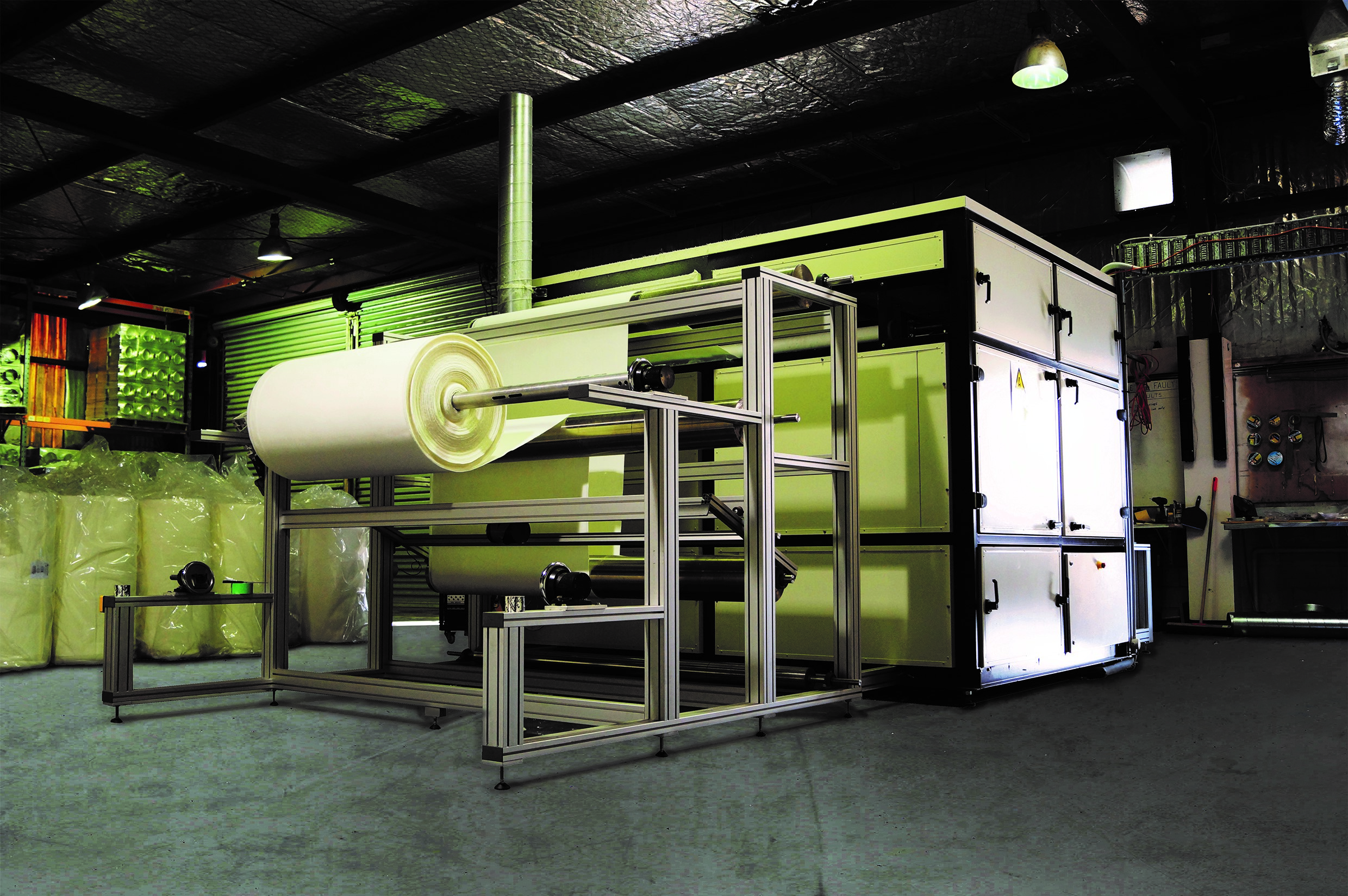
Enhancing composites with Xantu.Layr
The certification will allow the company to further develop nanofibre products for its aerospace clients and make advancements in composite materials.

18th November 2015
Innovation in Textiles
|
Auckland
New Zealand company Revolution Fibres has become the first nanofibre producer to meet aerospace industry standards by achieving an AS9100c certification that will allow the company to further develop nanofibre products for its aerospace clients and enable it to make advancements in its work with composite materials.
According to Managing Director Iain Hosie, the certification, a quality assurance requirement for all aerospace manufacturers and suppliers, is a significant step in the transition of Revolution Fibres from an R&D entity to offering large-scale manufacturing services in a diverse range of industries.
The certification is said to enhance the position and perspectives of the company’s Xantu.Layr product, the nanofibre composite reinforcement veil.
When Xantu.Layr is placed in between layers of carbon fibre in composite laminates it provides nano-scale reinforcement. “Using Xantu.Layr results in a tougher resin which is less prone to failure or cracking when stressed or impacted. The product has been shown to significantly improve interlaminar fracture toughness, compression after impact strength, interlaminar shear strength and fatigue resistance of composite laminates,” explained Nanofibre Applications Engineer, Dr Gareth Beckermann.
Unlike many toughening methods, the physical and mechanical properties of a composite such as glass transition temperature, flexural strength and modulus, and tensile strength and modulus are not negatively impacted by the inclusion of Xantu.Layr, according to the manufacturer.
Revolution Fibres’ electro-spinning technology creates nanofibre out of a range of materials including high melt temperature polymers such as PES and PAI, as well as polymers derived from natural sources such as lignin.

Its nanofibre products are used to do everything from strengthening fishing rods through to enhancing satellite components, and existing nanofibre product lines that Revolution Fibres helped develop include filters for HRV Next Generation ventilation systems and Phonix acoustic materials for buildings and furniture.
“Revolution Fibres started the nanofibre revolution in New Zealand five years ago with a goal to grow the nanofibre export industry and now that is becoming a reality,” said Iain Hosie.
The company’s product development arm, Nanofibre Customisation Services, is also subject to the new certification meaning there is quality assurance across all parts of the business.
In the last two years Revolution Fibres has been working on a number of research and development programmes with US businesses, including everything from satellite components and decontamination apparatus through to facemasks and functional foods.
“These research and development programmes ultimately allow us to do what we do best and that’s innovate,” said Hosie. “We work collaboratively with overseas engineers and our team is incredibly skilled at applying our company’s expertise to very diverse projects.”

Business intelligence for the fibre, textiles and apparel industries: technologies, innovations, markets, investments, trade policy, sourcing, strategy...
Find out more